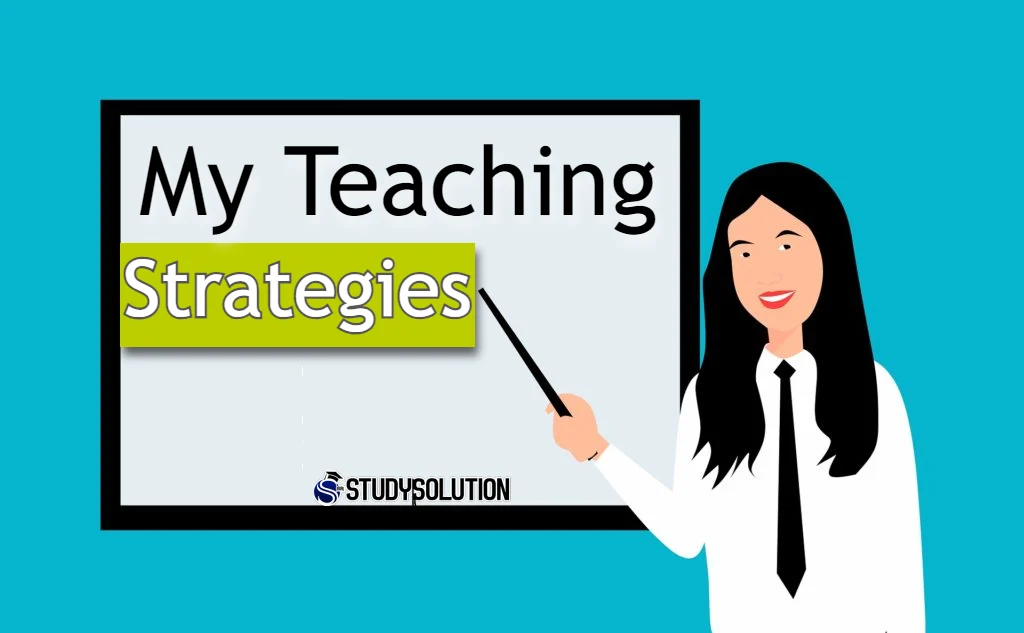My Teaching Strategies For Assessment For Learning
What are the strategies for assessment in learning?
The process of acquiring data regarding students’ knowledge, abilities, and comprehension to guide instruction is known as assessment for learning. It can be incorporated into the curriculum continuously or only during significant moments like final exams. Not only does AfL aim to assess your knowledge, but it also assists educators in organizing their classes for maximum impact.
Professor David Coleman originally used the phrase “assessment for learning” in his 1995 book Assessment for Learning: A Framework for Understanding. He gave this definition of AfL:
“Assessment for learning is any activity which seeks to gather evidence on how well pupils have mastered specific subject matter.”
AfL has been defined as “a means of assessing student achievement” in this manner. There isn’t a universal definition of AfL, though, as every school will employ various strategies based on its unique requirements and available resources. Furthermore, some educational institutions decide to use AfL with other evaluation methods like portfolio work, summative exams, and formative assessments.
Why do we evaluate?
An essential component of the educational process is assessment. It enables us to investigate any areas for learning outcomes improvement that require attention. We may then use this information about student achievement to guide our teaching and provide comments on how to help our students advance.
Without thorough comprehension checks, our teaching methods remain blind. Teachers in the classroom should constantly be looking for an accurate representation of their student’s current understanding. These insights can prove invaluable for educators looking to improve learning outcomes, whether they choose to use whole-class questioning or evaluate student progress through activity books.
There are numerous justifications for schools to routinely evaluate students’ development all year round. Among them are:
- To guarantee that every child meets high expectations
- To give parents and caregivers input
- To pinpoint areas in need of improvement
- To track the performance of national goals
- To illustrate how well instruction works
- To enhance the methods used by teachers
- To encourage ongoing professional growth
- To encourage responsible citizenship
- To promote introspection
How do learning techniques assessments operate?
AfL has two primary methods: inquiry and direct observation. The most popular type of evaluation is direct observation, although it can take a lot of time to complete in a classroom.
Teachers can evaluate pupils’ understanding more swiftly through questioning than they might through direct observation alone. As a formative evaluation strategy, several of our member schools have started utilizing the block-building process.
This kind of evaluation goes beyond simple asking. Children demonstrate their genuine comprehension of the course material as they expand upon what they already know. Mental models, like idea maps, show their intricate knowledge structure, or schema. For what purposes are questions used?
Questions reveal information about the knowledge and comprehension of students. They enable us to assess if our students have mastered important ideas and abilities. We can find places where there might be discrepancies between their present comprehension and expected standards by asking questions.
This aids in lesson planning so that we successfully cover every topic in the curriculum in subsequent classes. It also helps us determine whether our students require further assistance while taking on new subjects.
Consider looking into the universal thinking framework if you’re interested in creating open-ended questions as a useful tool for feedback. The framework includes important questions about various forms of student learning in addition to summarizing the necessary steps in the learning process.
These can be the foundation of a potent assessment tool because they are made to go deeper than multiple-choice questions.
Posing queries as a way to gauge student understanding
Always make an effort to find the answers to any questions that are asked in class. However since it would interfere too much with the flow of the session, it is not practical to ask questions after every lesson. Alternatively, you might end each unit or chapter with a few important questions that you can use as assessments for your final exam.
Here are a few instances of excellent inquiries that could be made:
- What have I discovered about this subject?
- What connection does this have to other subjects we’ve covered
- Why is this information necessary for me to know
- Is there anything else you think I should know?
How do learner outcomes get better with evaluation for learning strategies?
A vital part of any educational system is assessment. Finding a learner’s strengths and shortcomings is beneficial since it provides feedback on how to raise performance levels. Students can also exhibit what they have learned through assessment by using other mediums, such as written assignments or hands-on activities.
It has been noted, nevertheless, that traditional assessment methods have certain drawbacks. For instance, they take a lot of time and are challenging for many teachers to administer.
Additionally, a lack of preparation or test anxiety may cause some students to score poorly on these assessments. Low motivation and low student involvement are the results of this. To obtain more accurate information from our learners, we must thus consider novel approaches to assessment.
Using technology-based techniques would be one way to do this. Without depending on human judgment, we may gather data quickly and effectively by using digital tools.
These technologies include video recording, online quizzes, computer-based exams, etc. They give teachers the chance to gauge the level of knowledge that students already possess before they begin instruction. You’ll get better outcomes if you incorporate these tactics into your teaching style.
Teachers can test students’ understanding levels in an engaging exercise by employing the mental modeling method with the building blocks. This method of deep thought improves learning and aids in the development of conceptual comprehension in kids.

